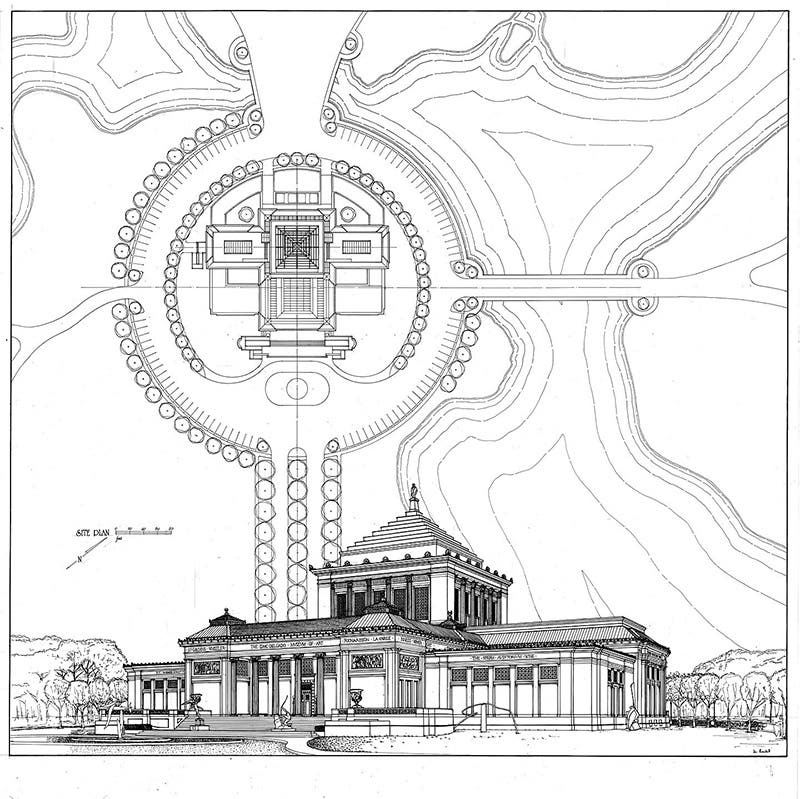
Features
Advice for Aspiring Architects
Virginia Kelsey: Take advantage of everything the Institute for Classical Architecture & Art (ICAA) has to offer. Travel, photograph, sketch and learn to see from everything around you. I find reprints of the older architects’ monographs the most helpful.
David Andreozzi: Architecture weaves the disciplines of art, sculpture, interiors, landscape and most importantly, building construction, into one beautiful mosaic. Seek every opportunity to learn these individual crafts by experience, beyond the textbooks.
Thomas Norman Rajkovich: Read the books listed here, then go to Rome and “listen” to the ancient and modern masters by observing, measuring, drawing, and analyzing their works – individual buildings, urban ensembles in the form of streets and squares, and gardens.
Gibson Worsham: Read deeply, with scholarly guidance, in the essential architectural texts, train your eye and hand to observe the built world, and understand that traditional architecture transcends matters of style.
Michael Rouchell: Remember, there is a market for traditional architectural design. You can choose to be competent or incompetent.
Draw by hand as often as possible. Go out and sketch the buildings that you admire the most.
Draw each of the classical orders as instructed in the treatises, then teach yourself to draw them from memory.
Attend ICAA lectures and events, historic house tours, etc.
Get familiar with traditional buildings, which are more reliable than those that have not been time-tested.
If you produce a traditional or classical design for a school project, be sure to meet the program, produce all the elements required by the assignment, and turn it in on time – this will make it easier to challenge your critics.
When presenting a project, discuss how it meets the program and responds to the site’s challenges. That’s what really matters.
Most traditional architects who are hiring care most about your portfolio. Make it the best you can.








